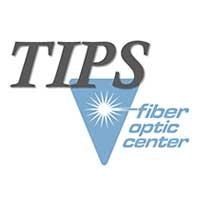
Even if the stripped fiber is kept free of damage during stripping and handling prior to inserting it into the ferrule, it is still very susceptible to breaking if it is not completely encapsulated in epoxy within the ferrule. All termination operators are familiar with connector “strip charts” provided by connector manufacturers. Such strip charts should always show the target strip length, as well as tolerances. The buffer strip length is critical, particularly in jacketed (crimped) assemblies, to ensure that the “transition point” is deep enough within the connector to ensure full encapsulation by the epoxy after insertion. The cured epoxy helps protect the “transition area” from any bending or tensile forces that may be introduced during the products working life (i.e. stresses during installation, stresses due to environmental variations, prolonged spring-force pressure between two mated connectors).
READ THE BLOG: The “weakest link” of a connectorized cable assembly and more…
Additional resources from the FOC team include:
- Category Resource:
- View the Glossary, Acronyms, Military Specifications for Connectors
- Q&A Resource: email technical questions to AskFOC@focenter.com
Have questions about this FOC Tip?
Contact FOC with questions at (800) 473-4237 / 508-992-6464 or email: FiberOpticCenter@focenter.com and we will respond ASAP.


